Union Station in the 1960s, Toronto Archives, F0124, F10002, Id.017 (1)
There was a time when almost everyone who entered or departed Toronto travelled by train. The first railway station was a mere shed, located on Front Street. The second was east of the shed, between Simcoe and York Streets, and was the first to be named Union Station. The third was constructed in 1873, on land that was also between York and Simcoe, but a short distance further west. The Union Station of today was officially opened on August 6, 1927, by the Prince of Wales, who later became King Edward VIII, but the station was not fully operational until January of 1930. By this time, the Great Depression had descended across the nation and train travel was greatly reduced. During the Second World War, many Canadian soldiers departed the station to commence their journey overseas, and in 1945, returned home through the station.
In every sense of the word, Toronto’s new Union Station is a temple worthy of the gods, resembling a palace or an ancient temple. It was conceived in the Beaux-Arts style by the architects H. G. Jones and J. M. Lyle, containing many classical architectural detailing and trim. On its monumental facade on Front Street are twenty-two enormous pillars, forty feet in height, each weighing seventy-five tons, and resting on the bedrock below. The Great Hall, originally referred to as the ticket lobby, has a ceiling that soars eighty-eight feet above the floor below, composed of Tennessee marble. The stairways that leads to the exits and entrances are of the same material, chosen for their inherent beauty and natural shine. The vaulted ceiling is faced with Vitrified Guastavino Tile, its colours matching the walls. The Royal York Hotel, which opened a year prior to the station, is connected to Union Station by a tunnel under Front Street.
Though built as a rail terminal to serve travel between Ontario cities and across the nation, as well as to the United States, it now serves the needs of VIA Rail’s commuting passengers and is the central hub for the city’s expanding GO Transit rail service. In 2010, massive renovations and reconstruction commenced to increase the capacity and improve the service that the station offers, at a cost of half a billion dollars. It is designated as a National Historic Site, owned by the City of Toronto. It has the most daily trains and number of passengers of any station in Canada.
Union Station in 1917, when work on the station was almost at a standstill as most of the workforce was overseas. Toronto Archives, F 1548, S0393, It.14352
Union Station in 1922, when construction had been mostly completed but it remained unopened. Toronto Archives, F 1548, S0393, It. 1755-1
Gazing east along Front Street in 1930. Union Station, fully opened to the public in this year, can be seen in the foreground. In the distance is the tower on the old Union Station of 1873. Toronto Archives, F 1231, It. 0070.
Gazing east on Front Street on April 30, 1930, when the streetcar tracks were being repaired. Toronto Archives, S071, It. 7597.
July 2014, the station under renovations.
The enormous pillar on the Front Street facade, each of them forty feet in height, weighing seventy-five tons, and resting on the bedrock below.
The Great Hall of Union Station with its high vaulted ceiling that soars over the ticket booths.
The Vitrified Guastavino Tiles on the ceiling of the Great Hall.
Ornamental detailing on the interior of the station.
Marble staircase that leads to the departure level below.
To view the Home Page for this blog: https://tayloronhistory.com/
To view previous blogs about movie houses of Toronto—historic and modern
Recent publication entitled “Toronto’s Theatres and the Golden Age of the Silver Screen,” by the author of this blog. The publication explores 50 of Toronto’s old theatres and contains over 80 archival photographs of the facades, marquees and interiors of the theatres. It relates anecdotes and stories of the author and others who experienced these grand old movie houses.
To place an order for this book:
Book also available in Chapter/Indigo, the Bell Lightbox Book Store and by phoning University of Toronto Press, Distribution: 416-667-7791
Theatres Included in the Book:
Chapter One – The Early Years—Nickelodeons and the First Theatres in Toronto
Theatorium (Red Mill) Theatre—Toronto’s First Movie Experience and First Permanent Movie Theatre, Auditorium (Avenue, PIckford), Colonial Theatre (the Bay), the Photodrome, Revue Theatre, Picture Palace (Royal George), Big Nickel (National, Rio), Madison Theatre (Midtown, Capri, Eden, Bloor Cinema, Bloor Street Hot Docs), Theatre Without a Name (Pastime, Prince Edward, Fox)
Chapter Two – The Great Movie Palaces – The End of the Nickelodeons
Loew’s Yonge Street (Elgin/Winter Garden), Shea’s Hippodrome, The Allen (Tivoli), Pantages (Imperial, Imperial Six, Ed Mirvish), Loew’s Uptown
Chapter Three – Smaller Theatres in the pre-1920s and 1920s
Oakwood, Broadway, Carlton on Parliament Street, Victory on Yonge Street (Embassy, Astor, Showcase, Federal, New Yorker, Panasonic), Allan’s Danforth (Century, Titania, Music Hall), Parkdale, Alhambra (Baronet, Eve), St. Clair, Standard (Strand, Victory, Golden Harvest), Palace, Bedford (Park), Hudson (Mount Pleasant), Belsize (Crest, Regent), Runnymede
Chapter Four – Theatres During the 1930s, the Great Depression
Grant ,Hollywood, Oriole (Cinema, International Cinema), Eglinton, Casino, Radio City, Paramount, Scarboro, Paradise (Eve’s Paradise), State (Bloordale), Colony, Bellevue (Lux, Elektra, Lido), Kingsway, Pylon (Royal, Golden Princess), Metro
Chapter Five – Theatres in the 1940s – The Second World War and the Post-War Years
University, Odeon Fairlawn, Vaughan, Odeon Danforth, Glendale, Odeon Hyland, Nortown, Willow, Downtown, Odeon Carlton, Donlands, Biltmore, Odeon Humber, Town Cinema
Chapter Six – The 1950s Theatres
Savoy (Coronet), Westwood
Chapter Seven – Cineplex and Multi-screen Complexes
Cineplex Eaton Centre, Cineplex Odeon Varsity, Scotiabank Cineplex, Dundas Square Cineplex, The Bell Lightbox (TIFF)
![f0124_fl0002_id0117[1] f0124_fl0002_id0117[1]](https://tayloronhistory.com/wp-content/uploads/2015/05/f0124_fl0002_id01171_thumb.jpg)
![1917-- f1548_s0393_it14352[1] 1917 1917-- f1548_s0393_it14352[1] 1917](https://tayloronhistory.com/wp-content/uploads/2015/05/1917-f1548_s0393_it143521-1917_thumb.jpg)
![1922- f1548_s0393_it17357-1[1] 1922 1922- f1548_s0393_it17357-1[1] 1922](https://tayloronhistory.com/wp-content/uploads/2015/05/1922-f1548_s0393_it17357-11-1922_thumb.jpg)
![1930--f1231_it0070[1] 1930 1930--f1231_it0070[1] 1930](https://tayloronhistory.com/wp-content/uploads/2015/05/1930-f1231_it00701-1930_thumb.jpg)
![April 30, 1930. S)071_it7597[1] April 30, 1930. S)071_it7597[1]](https://tayloronhistory.com/wp-content/uploads/2015/05/april-30-1930-s071_it75971_thumb.jpg)
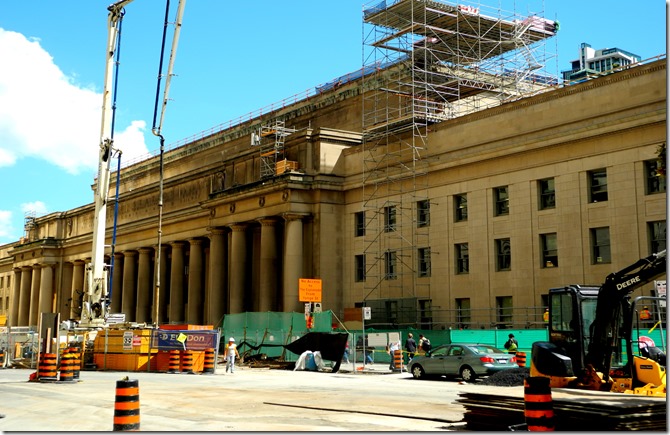
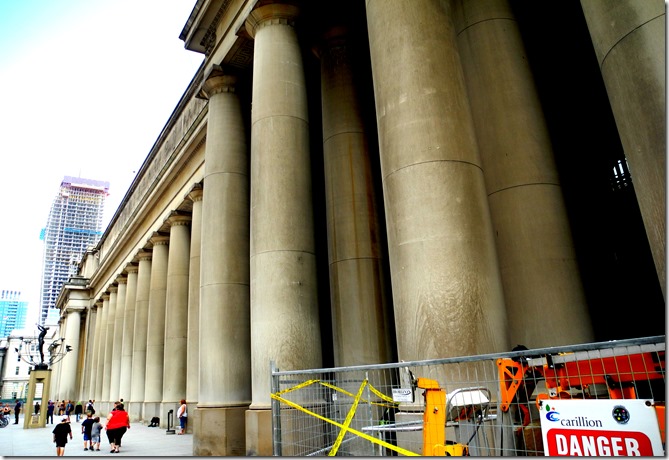
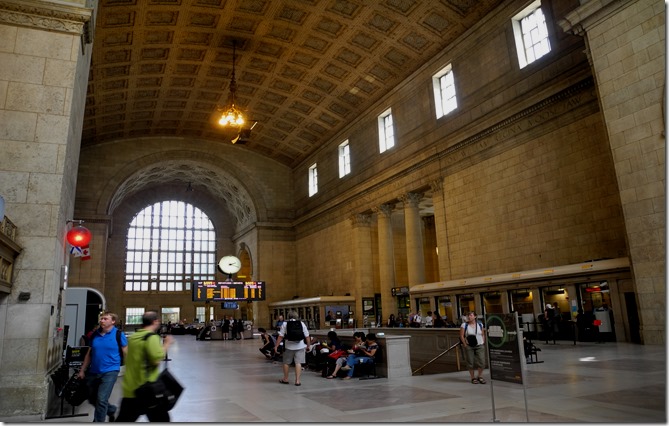
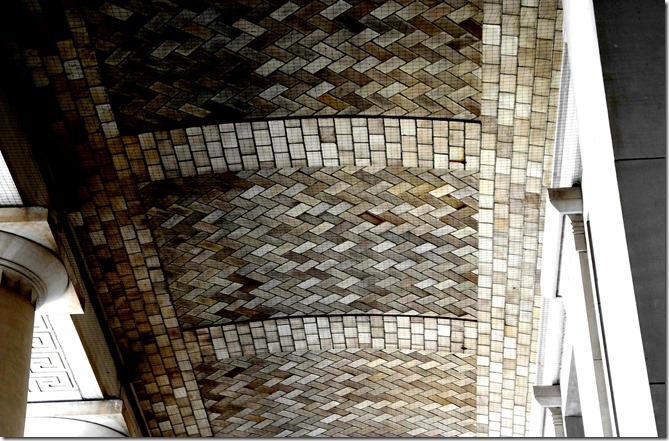
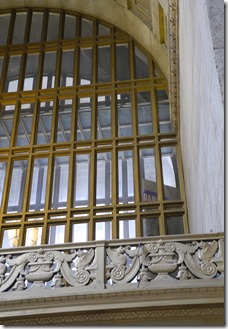
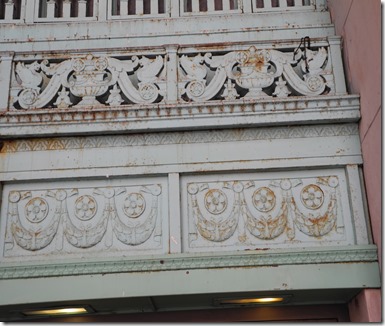
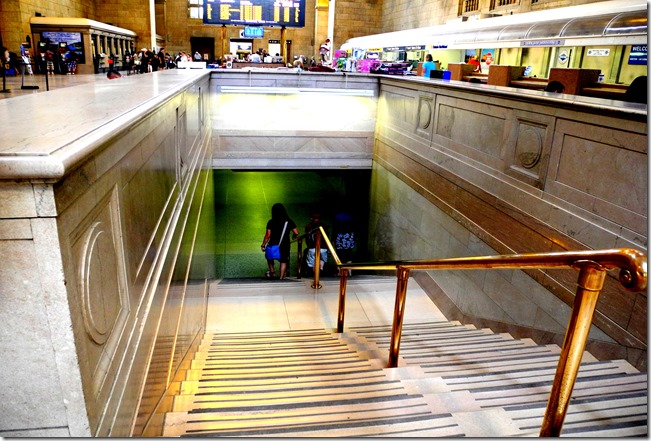
![cid_E474E4F9-11FC-42C9-AAAD-1B66D852[1] cid_E474E4F9-11FC-42C9-AAAD-1B66D852[1]](https://tayloronhistory.com/wp-content/uploads/2015/05/cid_e474e4f9-11fc-42c9-aaad-1b66d8521_thumb.jpg)


One thought on “Toronto’s new Union Station”